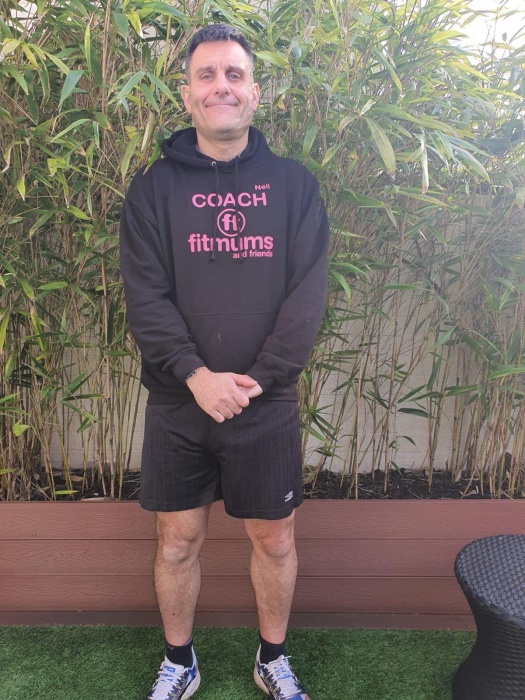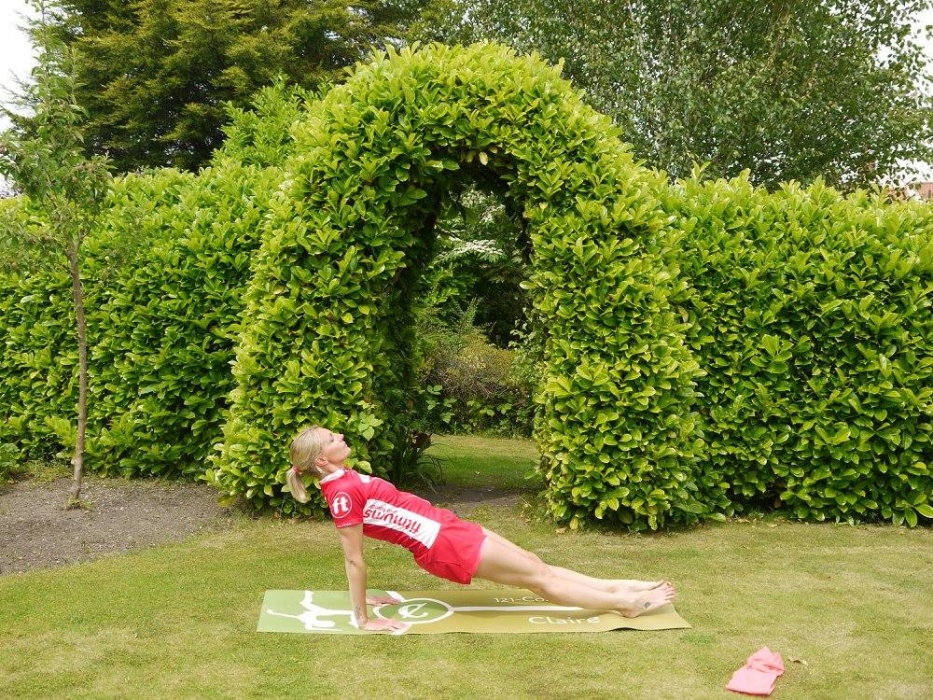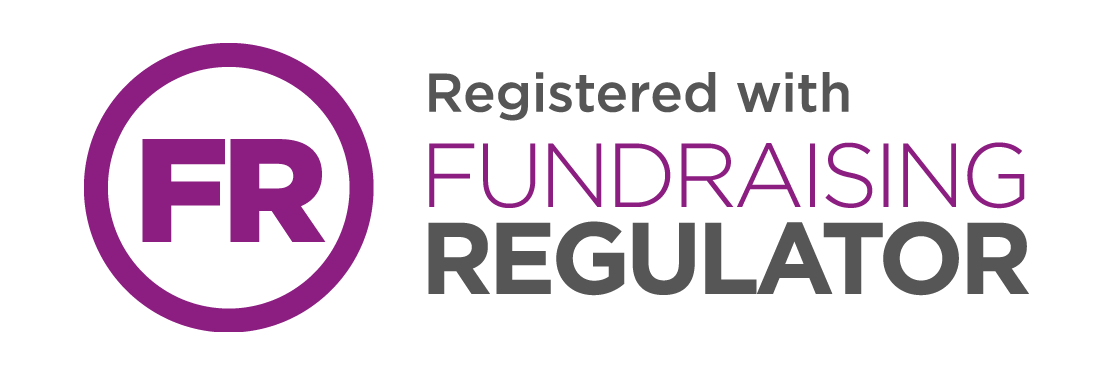Virtual activity sessions – how will they help my running/walking/cycling?
Posted 13th June 2020
We are currently offering a range of virtual sessions to help our members stay active and support both physical and mental health at this difficult time. But how do fitness sessions, pilates and yoga help your running, walking and cycling? Here, our instructors explain the benefits of their activity.
Fitness sessions – Coach Neil
The fitness sessions are a mix of strength and conditioning, and are generally split into two distinct parts:
Conditioning
The conditioning part of the workout gives you a quick, six minute cardio blast and, because these intervals are shorter than a steady effort, they can generally be worked at a higher intensity. Another advantage of this part of the session is that joints can be worked through a more complete range of movement than in a normal running motion. For example, step ups can be included to increase range of movement at the hip, and lateral movements to strengthen the abductors and adductors in the leg. Finally, an element of plyometrics can also be integrated in the form of skipping. Over a period of time, this will help strengthen the calf and the achillies and increase foot contact times.
Strengthening exercises
The strengthening element of the session generally consists of five or six exercises which are aimed at the major muscle groups used in running. These are the glutes, quads, abdominals, calves and hamstrings. By performing exercises aimed at these muscle groups on a regular basis (2-3 times a week), you both strengthen the muscle and create stability around the joint. This will support you to become a more resilient runner who is less likely to suffer overuse injuries such as knee, lower back, shin and hamstring injuries.
Finally the analogy ‘You can’t fire a cannon from a canoe’ is a good way to think about the role of the core and abdominals in running. It is very difficult to produce the force required to move forward without having sufficient strength in the ‘core’ muscles. By consistently strengthening these through strength and conditioning (and pilates and yoga), you will be creating the stable base required to become an efficient runner.
HIIT sessions - Coach Neil
High-intensity interval training (HIIT) involves short, intense periods of exercise. You give a series of exercises your full effort for short bursts of 30 to 60 seconds, and follow it with a shorter period of rest. For this reason the session length is reduced, around 20 minutes. This is a really effective cardio session that will raise metabolism and keep you feeling good for hours afterwards!

Pilates – Coach Claire
Pilates re-educates us about our posture and breathing. When we were tiny, we had the perfect posture and breathing pattern, but we got older and adopted new but incorrect postural habits; meaning some muscles are tight and overworked, and some are weak and overstretched. Your body is a chain of muscles; you are only as strong as your weakest link.
Pilates can help you achieve:
- Improved posture
- Improved balance
- Improved flexibility
- Increased joint stability/ mobility
- Core strength / stability
- Strengthens pelvic floor muscles
- Reduces stress levels
- Reduces lower back pain in a safe, effective way than any other form of exercise
- Reduces risk of injuries
Why is pilates so beneficial for runners/walkers/cyclists?
Often runners may have knee or back problems, and it may be that they have an existing injury or perhaps they have done too much running and created an instability in the joints and then that may lead to an injury. So, Pilates focuses on re-aligning the body and creating strength and stability in those weak areas to prevent more injuries from occurring. A balanced body will help improve endurance / speed, better breath control, a quicker recovery, better stability and mobilty in the joints and core strength to protect your back from weaknesses.

Yoga – Emma
A yoga practice helps creates balance in our physical, emotional and spiritual body.
The practice has evolved, adapted and expanded as it has moved from East to West and as our lives have changed. It is as much now about stretching a body from sitting at a desk as it is about calming the mind and finding connection to the earth and ourselves.
There are many benefits to having a yoga practice and often it depends on why you decide to take it up. They include:
- Increased flexibility, more aligned posture, ease within the spine and structure of the body
- Increased muscle strength and tone, less tension
- Improved respiration, energy and vitality
- Connection to the breath which then helps calm the nervous system
- Cardio and circulatory health
- Improved athletic/active performance
- Protection from injury and help with recovery from injury
- Allows you time to REST!
- Connection with a community
- Can help lower blood pressure, boost immune system and more! Moving is good for the internal systems of the body
Why is yoga so beneficial for runners/walkers/active people?
Our culture is so much about go, go, go, or the next challenge: run more miles, compare your pace, track what you have done. Yoga allows the body and mind to listen. Got a niggle AND want to beat your strava miles? Then a yoga practice may ease the niggle and allow you to run, or allow you to listen and think 'rest is best' creating more ease than effort for mind and body.
There are so many styles of yoga that there is something for everyone – those that would like to rest, those who wish to stretch with strength, focused areas of movement such as hamstrings or shoulders. If you are active, then yoga allows that space for the body to both rest and move leading to a more balanced active lifestyle.
A more balanced active lifestyle can lead to less stress, less injury, and more focus which more often than not mean a happier, fitter and more healthy individual!

Do join our virtual activity sessions over the next few weeks and reap these benefits for yourself.

